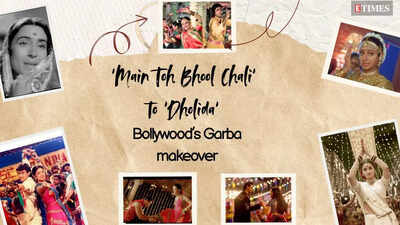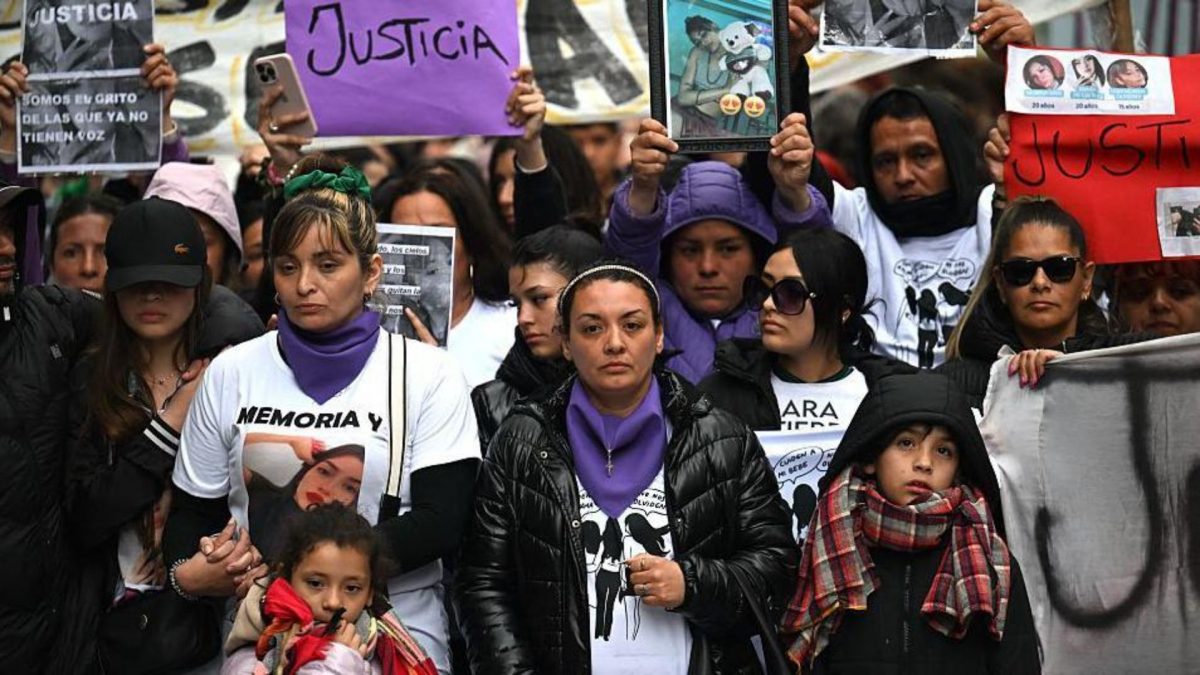As Navratri approaches, every corner of India comes alive with the vibrant beats of garba and dandiya. While Gujarati folk songs like ‘Dholida’, ‘Pankhida’, and other traditional numbers remain evergreen, no Navratri night is complete without Falguni Pathak’s melodious hits. Alongside these, Bollywood has contributed immensely with foot-tapping Garba–Dandiya tracks that are celebrated not just during the nine days of Navratri, but wherever this folk dance finds its stage.In this feature, we explore the evolution of Garba–Dandiya songs in Bollywood; From devotional roots to romantic chartbusters.
The early years of Garba songs: Devotion and tradition
Nutan’s ‘Main Toh Bhul Chali’ from ‘Saraswatichandra’ is often considered the oldest Garba-inspired Bollywood song. Its lyrics beautifully capture the rituals of a bride leaving her maternal home and slowly adapting to her new life.Gradually, more songs followed, such as ‘Aee Naam Re’ from Amitabh Bachchan and Rekha’s ‘Suhaag’ (1979), and later Meenakshi Seshadri’s performance in the 1989 film ‘Suhaag’. These tracks were primarily devotional, praising Goddess Durga, but soon Bollywood began blending traditional lyrics with disco beats and peppy rhythms, adding cinematic flair.
Rekha on Her Iconic Dandiya Number
Rekha once revealed on The Kapil Sharma Show how Amitabh Bachchan inspired her spirited performance in ‘Suhaag’. She said, “Just think about the person I was playing dandiya with. If I had not danced, what else could I have done? Whether or not one knows dandiya, when such a personality is in front of you, every part of your body begins to move on its own.”She credited Amitabh Bachchan’s charisma for helping her dance with such grace, even though she wasn’t trained in the form. For context, ‘Suhaag’ was the highest-grossing film of 1979.
Shifting tones: From devotion to romance
By the late 1980s and early 1990s, Garba-inspired songs began embracing romance and youthful energy. Aamir Khan’s ‘Disco Dandiya’ from ‘Love Love Love’ and Sridevi’s ‘Aaj Radha Ko Shyam’ are perfect examples of how Bollywood used dandiya beats beyond devotion, weaving them into stories of love.Singer Suneeta Rao also brought a refreshing perspective with her iconic number ‘Pari Hoon Main’. Though not from a film, it carried dandiya undertones while addressing serious themes like child harassment and women’s safety, making it both entertaining and socially relevant.
The 2000s: A Cinematic celebration
Ashutosh Gowariker’s ‘Lagaan’ (2001) presented ‘Radha Kaise Na Jale’, which reintroduced folk beats in a grand cinematic style. Soon after, films like ‘Hum Dil De Chuke Sanam’ gave us the evergreen ‘Dholi Taro’, choreographed with grandeur by Sanjay Leela Bhansali. Other hits such as ‘Hey Shubhaarambh’, ‘Chogada Tara’, ‘Mor Bani Thanghat Kare’, and ‘Dholida’ have since become festive staples.At the trailer launch of ‘Loveyatri’ (2018), Salman Khan fondly recalled his Navratri memory: “My biggest memory of Navratri is ‘Hum Dil De Chuke Sanam’ “Dholi Taro…”.”
Choreography takes center stage
In the early years, Garba songs were more about lyrics and screenplay, leaving choreographers with little scope to experiment. But as songs began to stand out as independent hits, choreography became more intricate, with stylized moves, dramatic visuals, and elaborate sets.Alia Bhatt brought Garba back into the spotlight with ‘Dholida’ from Sanjay Leela Bhansali’s ‘Gangubai Kathiawadi’. Sharing the song on social media, she wrote:”An absolute dream come true to dance to Sanjay Leela Bhansali’s music. My heart forever beats to #Dholida.”
From devotion to remixes: An everlasting beat
Bollywood’s Garba–Dandiya journey has spanned eras; From devotional and emotional tracks to romantic and peppy numbers, even incorporating social messages. In recent years, traditional folk songs like ‘Chogada’ and ‘Bummariyaa’ have been remixed into contemporary versions, carrying forward the folk essence with a modern twist.Whether devotional, romantic, or celebratory, Garba and Dandiya songs in Bollywood have always found a way into the hearts of audiences, lighting up Navratri nights with unmatched energy. Go to Source



)
